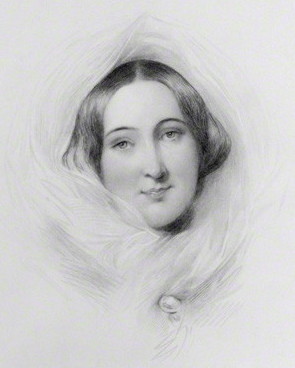John Jewell Penstone facts for kids
Quick facts for kids
John Jewell Penstone
|
|
|---|---|
| Born | 1817 |
| Died | 1902 |
| Occupation | Painter |
John Jewell Penstone (1817–1902) was a talented artist from England. He painted portraits and scenes from everyday life. But he was most famous for his engravings, which are like detailed prints. Some people even connect his art to the Pre-Raphaelite movement. This was a group of artists who liked bright colors and lots of detail.
The National Portrait Gallery in London has some of his special engravings. These include a stipple engraving and a lithograph. A stipple engraving uses tiny dots to create an image. A lithograph is a print made from a flat surface, like a stone. His family in Birmingham, England, still has an original painting by him.
Early Life and Interests
Penstone was born in Clerkenwell, London, in 1817. His parents were John Penstone and Ann. Both of his parents were Quakers, a Christian group known for peace and simple living. When he was about 19, he joined another Christian group called the Plymouth Brethren.
In 1850, Penstone moved from London to Stanford in the Vale. This was the village where his father and grandfathers were born. People described him as a "Bible scholar and Christian poet." But he was also interested in many other things.
In the late 1850s, he often wrote for Notes and Queries. This was a magazine about literature, art, and history. Penstone was friends with John Dunkin, a writer and historian. Penstone wrote about a church restoration for Dunkin's book, Monumenta Anglicana. He also shared information about King John's tomb. Even though he enjoyed these topics, he was an amateur. He earned his living as an artist.
Artistic Works
John Jewell Penstone showed his artwork at the Royal Academy many times. He exhibited there as early as 1838 and as late as 1895. Some of the works he showed were:
- 1838. The Saxon Bride.
- 1846. A portrait.
- 1848. Holy thoughts.
- 1895. The Man of Sorrows.
He also created other important graphic works, which are types of prints or drawings:
- Enamoured Days (1848) – This was based on a work by another artist, Edward Henry Corbould.
- Johann Gerhard Oncken, a lithograph (mid-19th century).
- Rosina Anne Doyle Bulwer Lytton, Lady Lytton, a stipple engraving (1852).
- Caroline Elizabeth Vivian, a stipple engraving (before 1853).
- Love is strong as death, a painting (1894). The title comes from a Bible verse.
- Swarthmoor Hall, a watercolor painting. This artwork is now in the Newport Museum and Art Gallery.
Besides his art, Penstone also wrote. In 1874, he wrote a small book called Village teachings concerning the Lord Jesus. He also wrote poetry, including Servant of Christ. In 1876, he published a book of poems and illustrations called Songs of Salvation and Records of Christian Life.
Family Life
John Jewell Penstone married his first wife, Matilda Harman Gould, in 1845. They had at least five children together, three girls and two boys.
One of their sons, William, became an architect. He even oversaw the building of Stanford in the Vale Primary School. Another son, Edward (1849–1916), followed in his father's footsteps. Edward also became a well-known artist.
After Matilda passed away in 1878, Penstone married Elizabeth Messer Wright in 1881. She was from Bristol.


